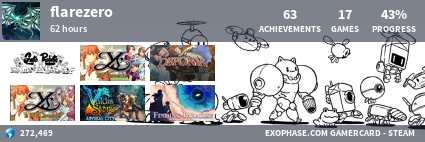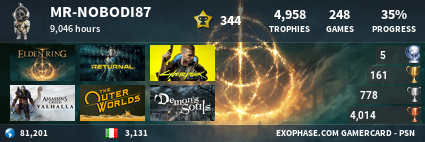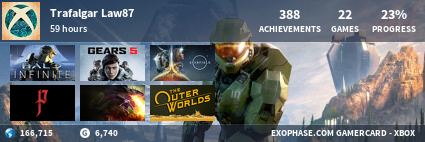Technology doesn’t just appear out of nowhere; it’s always been cutting edge, even back in the days of “DS1.” Some people might say, “Oh, it looks nicer now,” but behind the scenes, there’s been a continuous technological evolution that’s never stopped. For example, when we scanned Léa Seydoux for “DS1” and “DS2,” we used the same scanning process. We created her model and did performance capture. We put her in a suit and wrote dots on her face, and she did all the movements and acting.
It’s the same with “Avatar 1” or “Avatar 2.” But you compare the two and you see that “Avatar 2” is much better. The technology wasn’t necessarily new; it was the same between 1 and 2. In “Death Stranding,” you can see the difference between Léa’s face and how it’s much better in “DS2.” What we did, however, did not change. All the expressions and rigs we created for her face – it looks much more photorealistic. I’m not yet satisfied, but it’s better.
Something revolutionary doesn’t just pop up. Things advance slowly, day by day, as an extension of the already existing technology. But there are breakthroughs sometimes, maybe every five or ten years, and those can be game changers. Right now, the performance capture technology involves going to a studio filled with cameras, wearing a suit with markers and balls on it, and having a camera in your face that’s attached to a helmet. That may change in the next five years, and maybe that’s when technology will step up drastically. But typically, it’s a gradual change, like from “DS1” to “DS2.” Everything has become better, in a way, but the way you do it hasn’t changed yet.
You may have seen the scene of Norman Reedus and Léa kissing in the teaser trailer. We shot this during their performance capture. They can’t really kiss with the cameras in front of their faces, so we asked them to pretend like they were kissing and holding each other while being careful not to bump their cameras. We shot that from all angles – 360 degrees. Then, we had them take off their helmet cameras and asked them to kiss for real. We shot that from 360 degrees also, and we blended both of those data. However, in the future, you may not need a camera in your face – that will be the revolutionary breakthrough years from now. You could be shooting a live action film, but maybe there are lasers or something and instead of just 2D data, you can capture 3D data at the same time, meaning you could change the camera settings afterwards or make it into a game without having to reshoot anything. That’s what’s probably going to happen in the next five to ten years.
So, to reiterate, we didn’t really have a breakthrough in technology between “DS1” and “DS2” but rather a slow progression. When I first started in the games industry, we didn’t have CD-ROMs and putting dialogue in required too much data. Later, when CD-ROMs were introduced, you could add music and dialogue. Further down the line, compression technology enabled us to have cutscenes in games. With the arrival of the PlayStation, games could now appear in 3D. These were breakthroughs in technology, but we didn’t have anything like that during “DS1” and “DS2.” I’m sure we’ll see it in the near future, though.



 sto cercando di giocare di tutto per alleviare e far passare la settimana
sto cercando di giocare di tutto per alleviare e far passare la settimana 

















